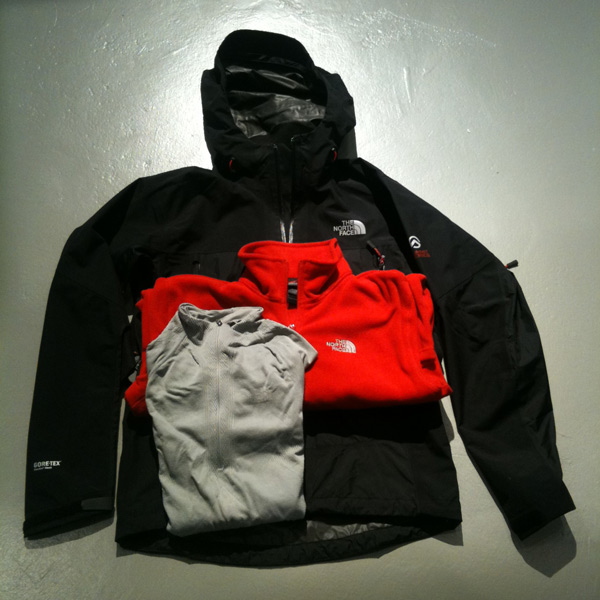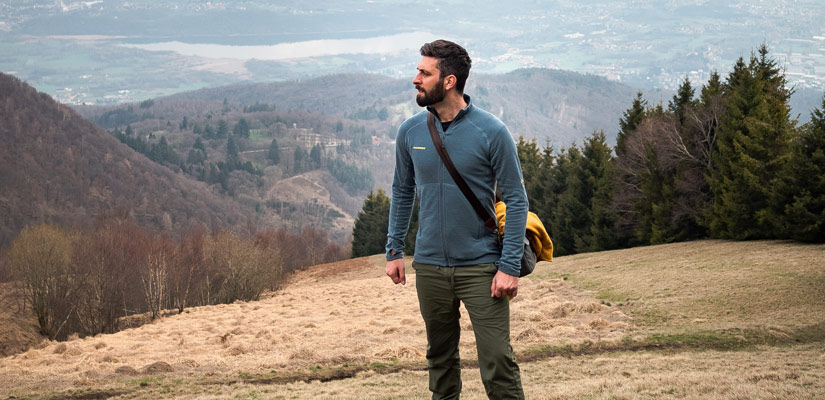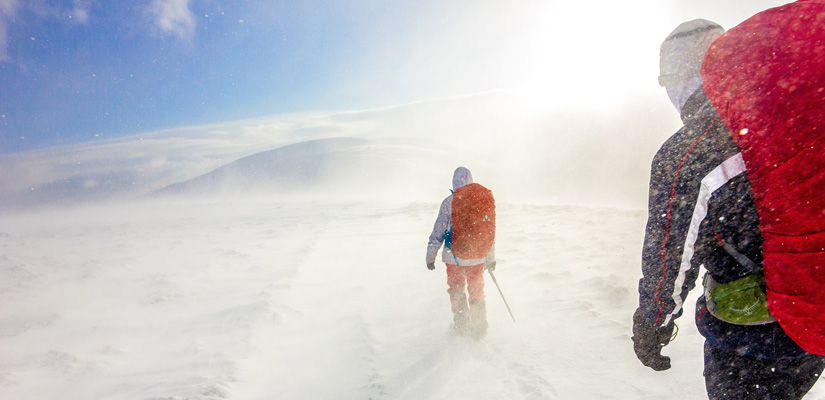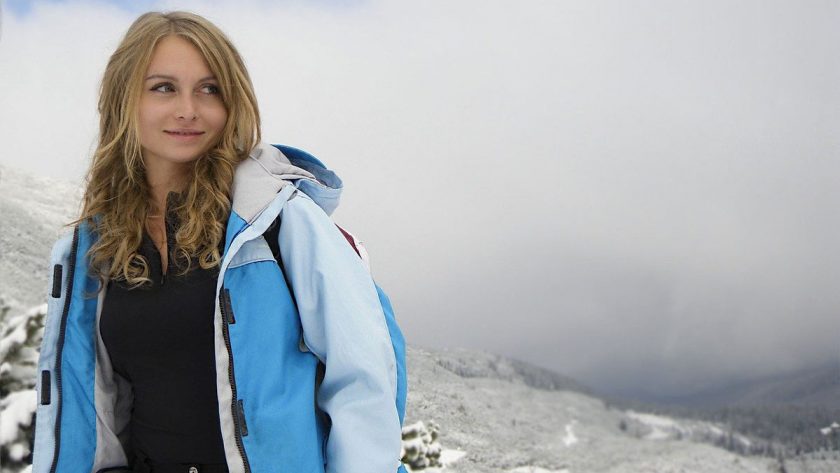This post is also available in:
 Español
Español
Are you already packing your suitcase for your next trekking and you have doubts about what to wear?
The first thing you should know is the climate of your destination. It is not the same if you travel to Patagonia for a trek through Torres del Paine, than if your destination is the tour to the Lost City of Colombia.
These are places with very different climates, where the choice of the suitable clothing for trekking will be essential to make the most of this experience.
In this post, we want to tell you about the layering system for mountain trekking, where choosing the right garments will be key to enjoy your destination.
Suitable clothing for trekking
Undoubtedly, one of the best tips for trekking is preparing your clothing properly for the trip. It won’t be easy for you to do any of the best treks in Latin America if you don’t choose the right clothing.
Currently, the layering system is the most widespread and most widely used method by trekking experts around the world when it comes to dressing.
Trekking layering system
To give you an idea, the layering system is a way of dressing by which, each of the layers exerts a different function.

This helps you adapt to any adverse situation at the time, adding a layer, or even taking off layers if the weather is favorable and you are hot. In addition, the weight is much lighter compared to the old all-in-one garments.
But do you know what each of the layers used is for? If you’re not clear, read on…
Base layer: keeping the body dry
The base layer will be the one that will be in contact with your body at all times. Its main mission will be to remove the moisture caused by our own body to keep it dry.
This will eliminate the sensation of humidity and rapid loss of body heat.
Normally they are polyester garments, and you should choose them of greater or lesser thickness depending on the area you are traveling to and the temperature of the place.

This is why, if you decide to do the minitrekking Perito Moreno, your base layer should be much thicker than if you do, for example, the Torres del Paine o Circuit in summer.
Mid layer: retaining body heat
Although here we speak of a mid-layer, the truth is that in recent years the use of two pieces of clothing in this mid-layer has become widespread.
Firstly, it is a light mid-layer, commonly known as fleece lining, which usually has a high heat capacity, capable of retaining body heat, while allowing body perspiration.

On the other hand, this second layer will have a insulating property. It can even serve as outer layer if the weather conditions are good, as it has a high heat capacity as well.

If you plan to do the Salkantay Trek to climb Machu Picchu and you choose the summer season, these two layers will be enough to combat the weather in the area.
Outer layer: for adverse weather conditions
This outer layer will be in charge of maintaining the body balance in difficult weather conditions. This may be the case of rain or snow, or excessive wind.
The outer layer is designed for extreme conditions, and is usually characterized by high waterproofness and windproof function. In addition, so that you can perform the trek in the most comfortable way possible, it has a high breathability property.

Undoubtedly, in more extreme treks such as climbing Chimborazo in Ecuador, you will need this last garment to reach the snowy peak of this great volcano, which has the record for being the highest point on the planet from the center of the Earth.
As you may have noticed, each of these layers is necessary for any trekking. Each one provides a specific function, and as a whole, they work much better than any old jacket. In addition, thanks to the fact that they are very light and compact, it won’t be difficult to fit them all in your suitcase.
What about you? What is the suitable clothing for trekking for you? Do you use this layering system for your excursions?





